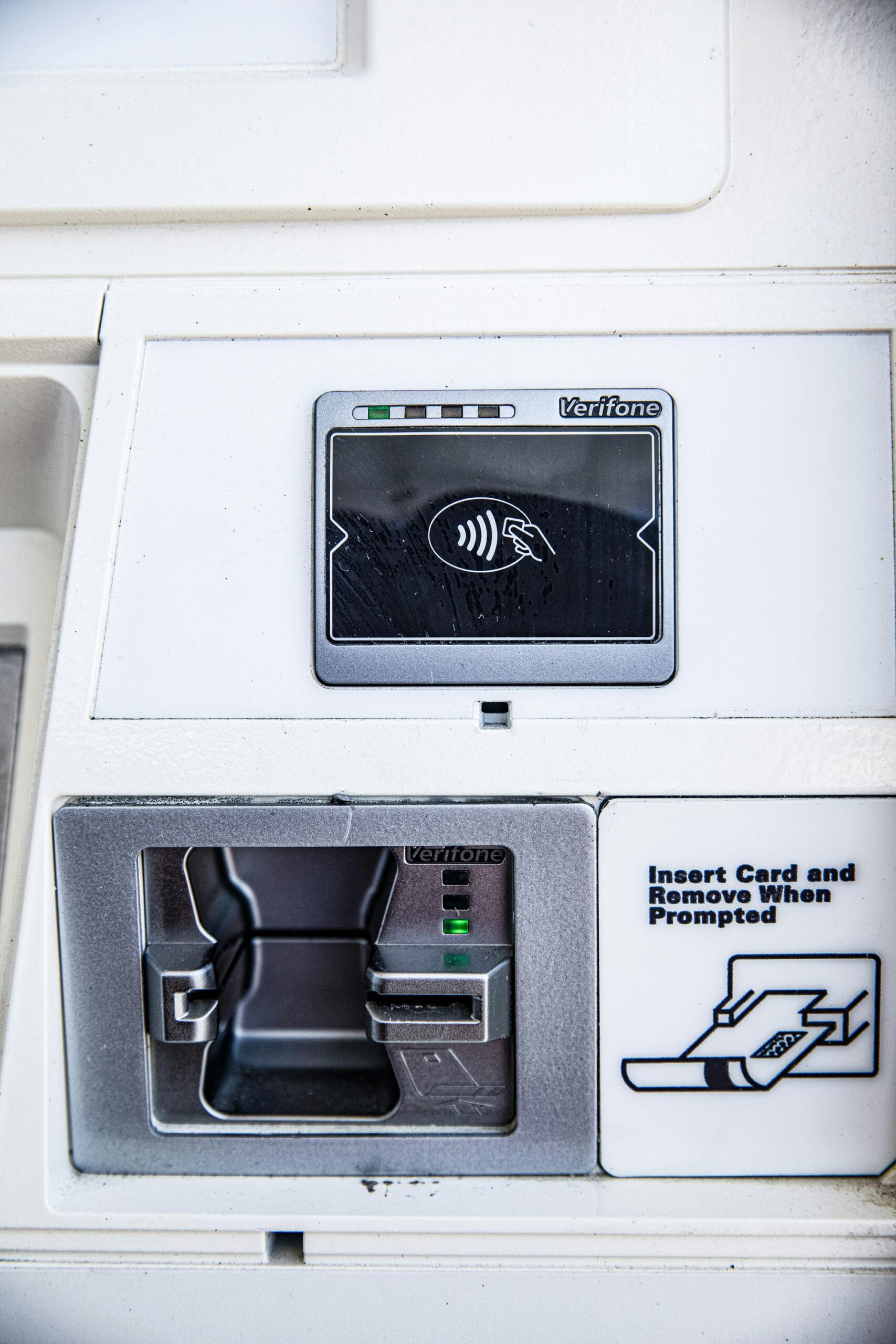
When it comes to purchasing a home, understanding your financing options is crucial. The USA offers a variety of home loan types, each designed to meet different financial needs and home-buying goals. Whether you are a first-time homebuyer, looking to refinance, or purchasing a luxury home, knowing which home loan is right for you can save you thousands of dollars over the life of your mortgage. In this blog, we’ll explore the top home loan options in the USA and highlight the key features, benefits, and eligibility requirements of each.
1. Conventional Loans
Conventional loans are the most common type of mortgage in the United States. These loans are not insured or guaranteed by the government, which means they are offered by private lenders such as banks, credit unions, and online lenders. Because conventional loans aren’t backed by the government, they may require a higher credit score and a larger down payment compared to government-backed loans.
Key Features:
- Down Payment: Typically 5% to 20% of the home’s purchase price.
- Credit Score: Generally requires a credit score of 620 or higher.
- Interest Rates: Fixed or adjustable rates available.
- Loan Limits: Varies by county, but generally follows conforming loan limits set by the Federal Housing Finance Agency (FHFA).
Best for: Borrowers with strong credit and the ability to make a significant down payment. If you want more flexibility in loan terms, a conventional loan is a great option.
2. FHA Loans (Federal Housing Administration Loans)
FHA loans are government-backed loans designed to help first-time homebuyers or individuals with less-than-perfect credit. These loans are insured by the Federal Housing Administration, which makes them more accessible to borrowers who may not qualify for conventional loans. FHA loans come with lower down payment requirements and more lenient credit score standards.
Key Features:
- Down Payment: As low as 3.5% of the home’s purchase price.
- Credit Score: A credit score as low as 580 is acceptable for a 3.5% down payment. Borrowers with lower scores may still qualify but may be required to put down 10%.
- Mortgage Insurance: Requires both an upfront mortgage insurance premium (UFMIP) and monthly mortgage insurance premiums (MIP).
- Loan Limits: FHA loan limits vary by county and are generally lower than conventional loan limits.
Best for: First-time homebuyers, individuals with lower credit scores, or those who can’t afford a large down payment.
3. VA Loans (Veterans Affairs Loans)
VA loans are designed specifically for active-duty service members, veterans, and eligible spouses. These loans are backed by the U.S. Department of Veterans Affairs, offering some of the most favorable terms available in the mortgage market. VA loans do not require a down payment or mortgage insurance, which can save borrowers significant amounts over the life of the loan.
Key Features:
- Down Payment: No down payment is required.
- Credit Score: While no official minimum score is set, most lenders prefer a credit score of 620 or higher.
- Mortgage Insurance: No mortgage insurance required, though there is a VA funding fee that varies depending on the type of loan and the borrower’s service history.
- Loan Limits: VA loan limits depend on the county and the veteran’s eligibility.
Best for: Active-duty service members, veterans, and surviving spouses looking for zero-down-payment financing with no mortgage insurance.
4. USDA Loans (United States Department of Agriculture Loans)
USDA loans are designed to help low- to moderate-income buyers purchase homes in rural and suburban areas. These loans are backed by the U.S. Department of Agriculture and offer several advantages, including no down payment and competitive interest rates. USDA loans aim to promote homeownership in rural areas, making them an ideal option for buyers in eligible locations.
Key Features:
- Down Payment: No down payment required.
- Credit Score: A minimum credit score of 640 is generally required for USDA loan approval.
- Income Limits: Income limits are based on the area and family size, with the USDA targeting low- to moderate-income buyers.
- Property Location: The property must be located in an eligible rural or suburban area.
Best for: Low- to moderate-income buyers looking to purchase a home in a rural or suburban location.
5. Jumbo Loans
Jumbo loans are used to finance properties that exceed the conforming loan limits set by the Federal Housing Finance Agency (FHFA). These loans are typically required for high-end or luxury properties. Because jumbo loans are not eligible for purchase by government-sponsored enterprises like Fannie Mae or Freddie Mac, they tend to carry higher interest rates and stricter lending requirements.
Key Features:
- Down Payment: Typically requires at least 20% down.
- Credit Score: A higher credit score (usually 700 or above) is needed to qualify.
- Loan Amount: Jumbo loans are for larger loan amounts that exceed the conforming loan limits, which vary by county.
- Interest Rates: Typically higher than conventional loans.
Best for: High-income borrowers purchasing luxury homes who need to borrow more than the conforming loan limits.
6. Adjustable-Rate Mortgages (ARMs)
An adjustable-rate mortgage (ARM) has an interest rate that changes over time, based on the performance of an underlying index (such as the LIBOR or U.S. Treasury rate). ARMs typically start with lower initial interest rates compared to fixed-rate mortgages, making them an appealing option for borrowers who plan to sell or refinance before the rate adjusts.
Key Features:
- Down Payment: Similar to conventional loans, typically 5% to 20% down.
- Credit Score: Credit score requirements are similar to conventional loans, typically 620 or higher.
- Loan Terms: Common terms include 3/1, 5/1, 7/1, or 10/1 ARMs, where the first number indicates how many years the rate is fixed before it begins to adjust.
- Interest Rates: The interest rate is initially lower than fixed-rate mortgages, but can increase over time.
Best for: Borrowers who plan to sell or refinance before the rate adjusts and who are comfortable with the potential for rising interest rates.
7. Fixed-Rate Mortgages
A fixed-rate mortgage is the most traditional type of home loan, with an interest rate that remains the same for the entire term of the loan, typically 15, 20, or 30 years. Fixed-rate mortgages offer stability and predictability, making them a popular choice for homebuyers who plan to stay in their homes for a long period.
Key Features:
- Down Payment: Typically requires at least 5% to 20% down.
- Credit Score: A higher credit score is generally required to secure the best rates.
- Loan Terms: Common terms are 15, 20, or 30 years.
- Interest Rates: Fixed for the entire loan term, providing consistent monthly payments.
Best for: Buyers who prefer stability and plan to stay in their home for the long term.
Conclusion
Choosing the right home loan is essential for securing favorable terms and ensuring that your mortgage fits within your financial goals. The USA offers a variety of home loan options, from conventional loans for buyers with strong credit to government-backed loans that cater to first-time buyers, veterans, and those with lower incomes. By understanding the key features and eligibility requirements of each loan type, you can confidently navigate the home-buying process and find the loan that works best for you.

















